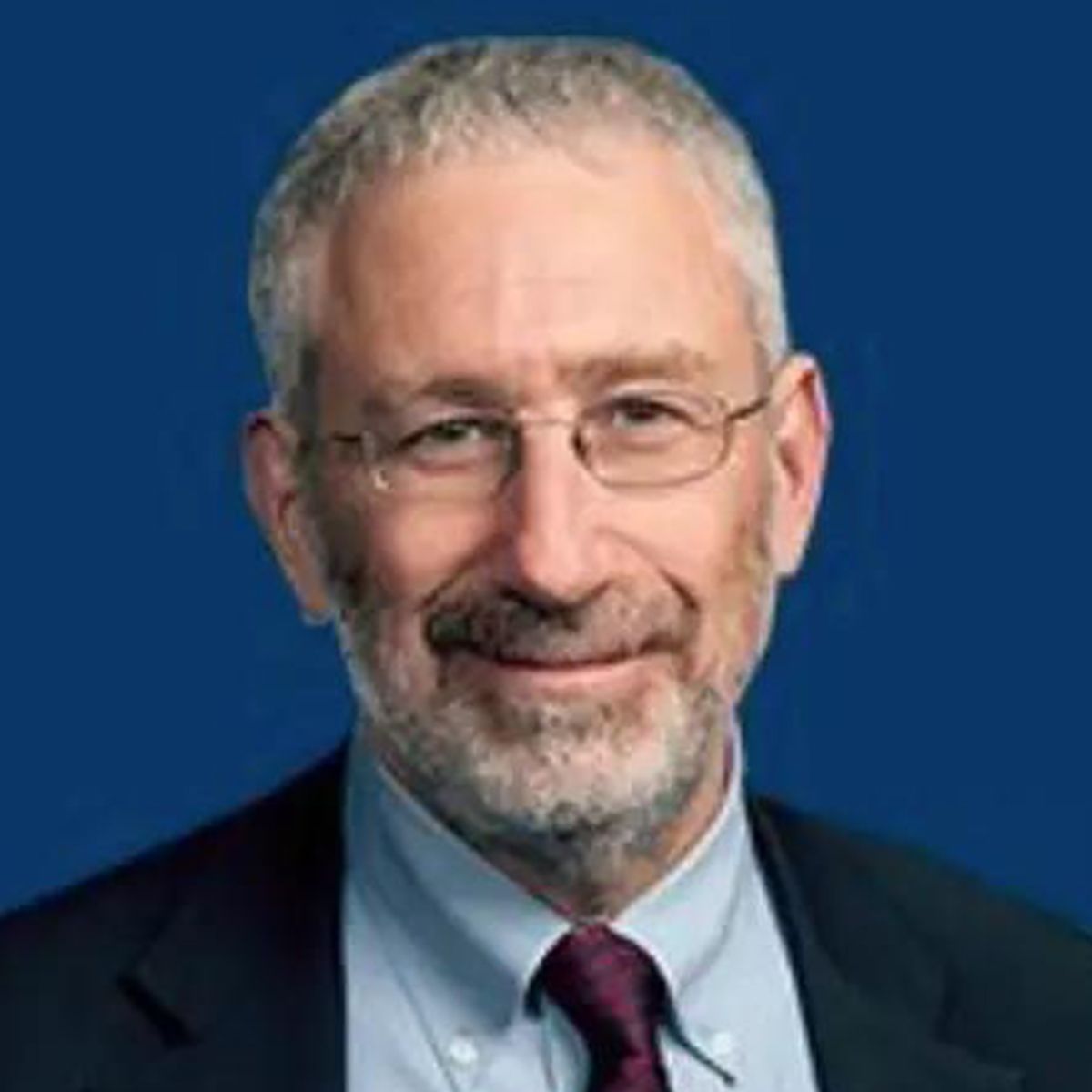Video
Dr. Snyder on Transplant Updates in Myelofibrosis
Author(s):
David S. Snyder, MD, discusses updates in treating patients with myelofibrosis who undergo transplant.
David S. Snyder, MD, associate chair, Department of Hematology and Hematopoietic Cell Transplantation, professor, Hematology and Hematopoietic Cell Transplantation, and hematologist/oncologist, City of Hope, discusses updates in treating patients with myelofibrosis who undergo transplant.
Due to reduced-intensity conditioning regimens, it is safer to offer transplant to patients who are older and/or have other comorbidities, explains Snyder. Now, there is a physiologic age rather than a chronologic age that determines a patient’s eligibility for transplant. The majority of Snyder’s patients with myelofibrosis are in their 60s or 70s, according to Snyder.
The scoring systems for myelofibrosis are improving, including Dynamic International Prognostic Scoring System (DIPSS) and DIPSS-plus now available. Now, there is also Mutation-Enhanced International Prognostic Scoring System (MIPSS) and MIPSS-plus. Researchers are trying to fine-tune the precision of prognostication using molecular markers, genetics, and clinical parameters to better stratify patients, says Snyder. There is a learning curve to these prognostic scoring systems, but they are going to aid in selecting patients who are at higher risk and determine if they should move towards transplant sooner, concludes Snyder.









